Wireless charging has become a popular way to power up devices without the need for unmanageable cables. However, as with most wireless technologies, it does have certain downsides. It also emits electromagnetic radiation. However, many people wonder, "Are wireless chargers safe?". Here's everything you need to know about wireless charging, including why it may not be all that it seems.
What is Wireless Charging and How Does It Work?
Wireless charging uses electromagnetic fields to transfer energy between two objects. Typically, a wireless charging pad generates an electromagnetic field that a device, equipped with a corresponding receiver coil, can convert into electrical energy to charge the battery. This technology eliminates the need for physical connectors, making it a convenient and clutter-free solution for powering up smartphones and other gadgets.
Wireless charging is not a new invention. It has been around for more than a century, dating back to Nikola Tesla's experiments with wireless power transfer in the late 1800s. However, it only became commercially available in recent years, with the introduction of the Qi standard, which is now used by the majority of smartphone manufacturers and wireless charger makers.
The Qi standard assures that wireless chargers work with a variety of devices and function within a safe frequency range of 110 to 205 kHz. It also manages the power output and efficiency of wireless chargers, which can range between 5W and 15W depending on the brand and device.
Does Wireless Charging Emit EMF?

One of the primary concerns about wireless charging is electromagnetic field (EMF) radiation. Wireless chargers emit low-frequency EMF radiation, which people worry could have health implications. EMF exposure is a common concern with all wireless technologies, including Wi-Fi, Bluetooth, and cellular networks.
While wireless charging does emit EMF, the levels are generally low. However, if you add the radiation from wireless chargers to the radiation released by your other devices at home or in the workplace, it is no longer completely safe because the effects of EMF radiation accumulate.
Are There Any Dangers with Wireless Charging?
The question "Are Wi-Fi chargers safe?" often leads to discussions about potential health risks. Wireless chargers utilize non-ionizing electromagnetic fields (EMFs), which are usually regarded as safe for human health. However, other studies have suggested that long-term exposure to non-ionizing EMFs may harm biological systems, such as raising the risk of cancer, decreasing cognitive function, changing hormone balance, and reducing fertility. The World Health Organization (WHO) has classed non-ionizing EMFs as "possibly carcinogenic to humans" based on inadequate epidemiological evidence.
Effects on Devices and Batteries
Another concern is whether wireless charging is bad for your phone or battery. Wireless charging generates heat, which can affect the longevity of your phone's battery. Excessive heat can accelerate battery degradation, reducing its overall lifespan. Moreover, some users report that their devices become warm during wireless charging, which could potentially cause overheating if left unchecked.
Is It OK to Leave Your Phone on a Wireless Charger Overnight?
Leaving your phone on a wireless charger overnight is generally safe, but it can contribute to battery wear over time. Most modern devices have built-in safeguards to prevent overcharging, but the constant trickle charge can still lead to heat buildup and gradual battery degradation. To mitigate this, it's advisable to remove your phone from the charger once it's fully charged or use chargers with automatic shutoff features.
Is Wireless Charging Safer Than Wired?
When comparing wireless and wired charging, it's essential to consider both safety and convenience. Wired charging is typically more efficient and generates less heat, which is better for your phone's battery health. On the other hand, wireless charging offers the convenience of a cable-free experience but may pose slight risks due to heat and EMF radiation.
In terms of EMF radiation, wireless chargers do emit low levels. To minimize potential risks, use EMF radiation protection products such as Bodywell® and ensure your charger meets safety standards.
How to Use Wireless Charging Safely
To use wireless charging safely, follow these tips:
- Choose Certified Chargers: Use chargers that comply with safety standards and have been certified by recognized authorities.
- Limit Exposure: Avoid prolonged exposure to EMF radiation by not keeping your phone on the charger for extended periods.
- Keep Devices Cool: Ensure proper ventilation around your charger to prevent overheating.
- Monitor Charging: Remove your device from the charger once it's fully charged to reduce heat buildup and battery wear.
- Minimize EMF Exposure: Invest in EMF radiation protection products, such as BioChip, to minimize exposure by up to 80%.
Final Thoughts
Wireless charging offers a convenient way to power up your devices without dealing with tangled cords. However, it's natural to ask, "Is wireless charging safe?". While current research suggests that the EMF radiation levels from wireless chargers are within safe limits, it's wise to take precautions to minimize exposure and prevent potential risks. By following safety guidelines and staying informed about the latest research, you can enjoy the benefits of wireless charging while protecting your health and your devices.

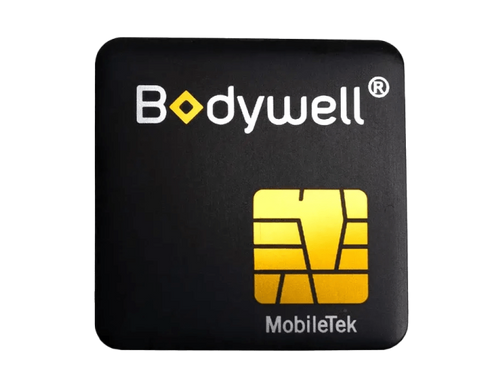
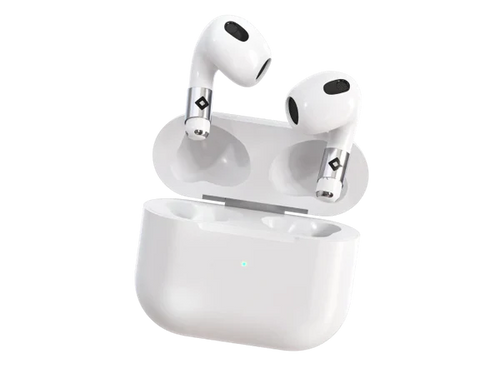
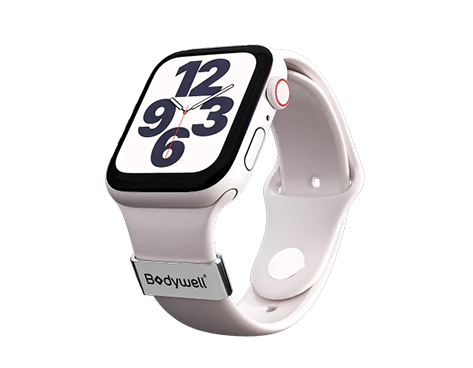
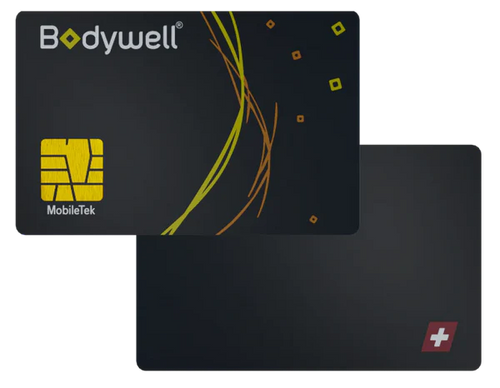






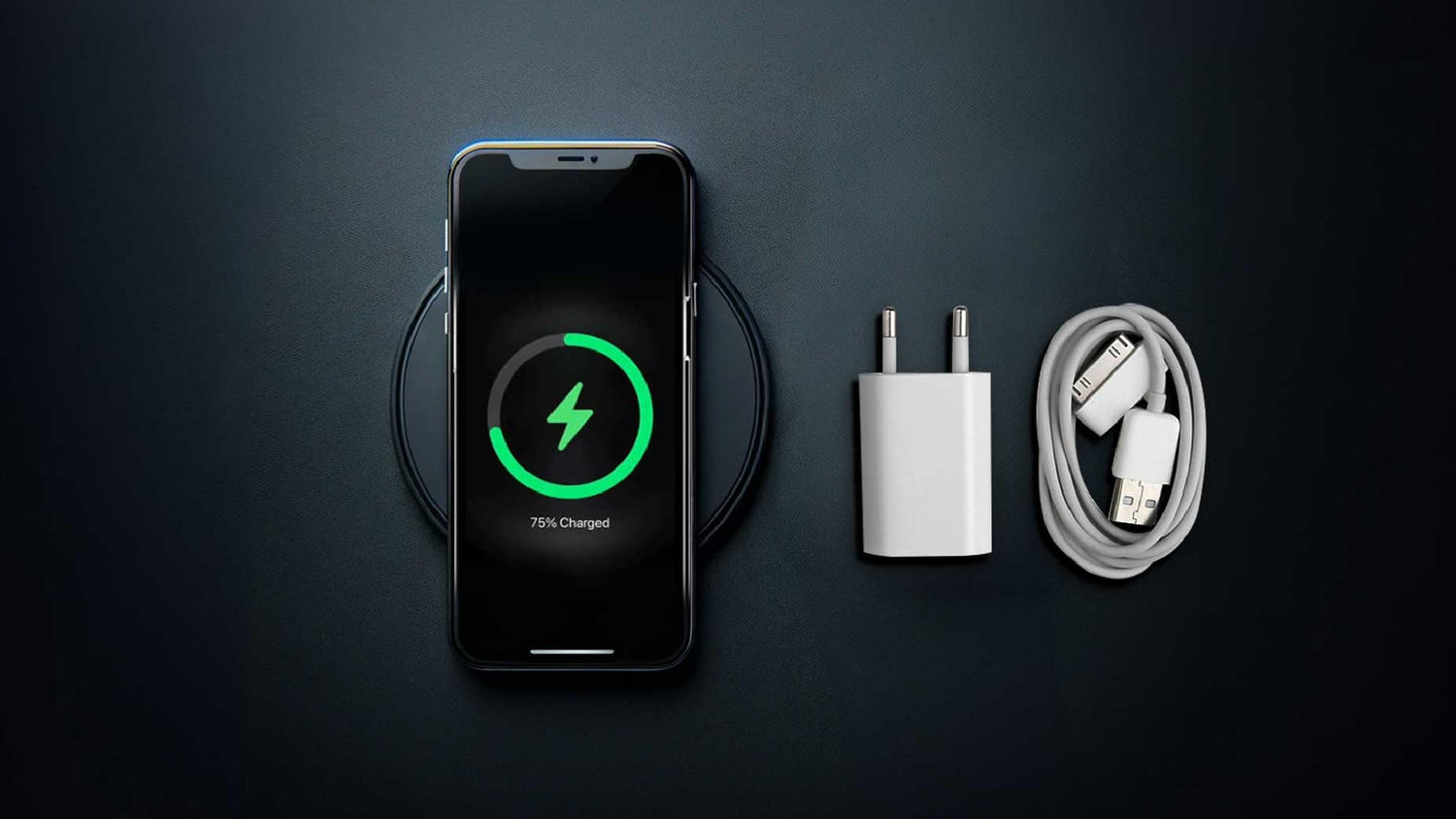

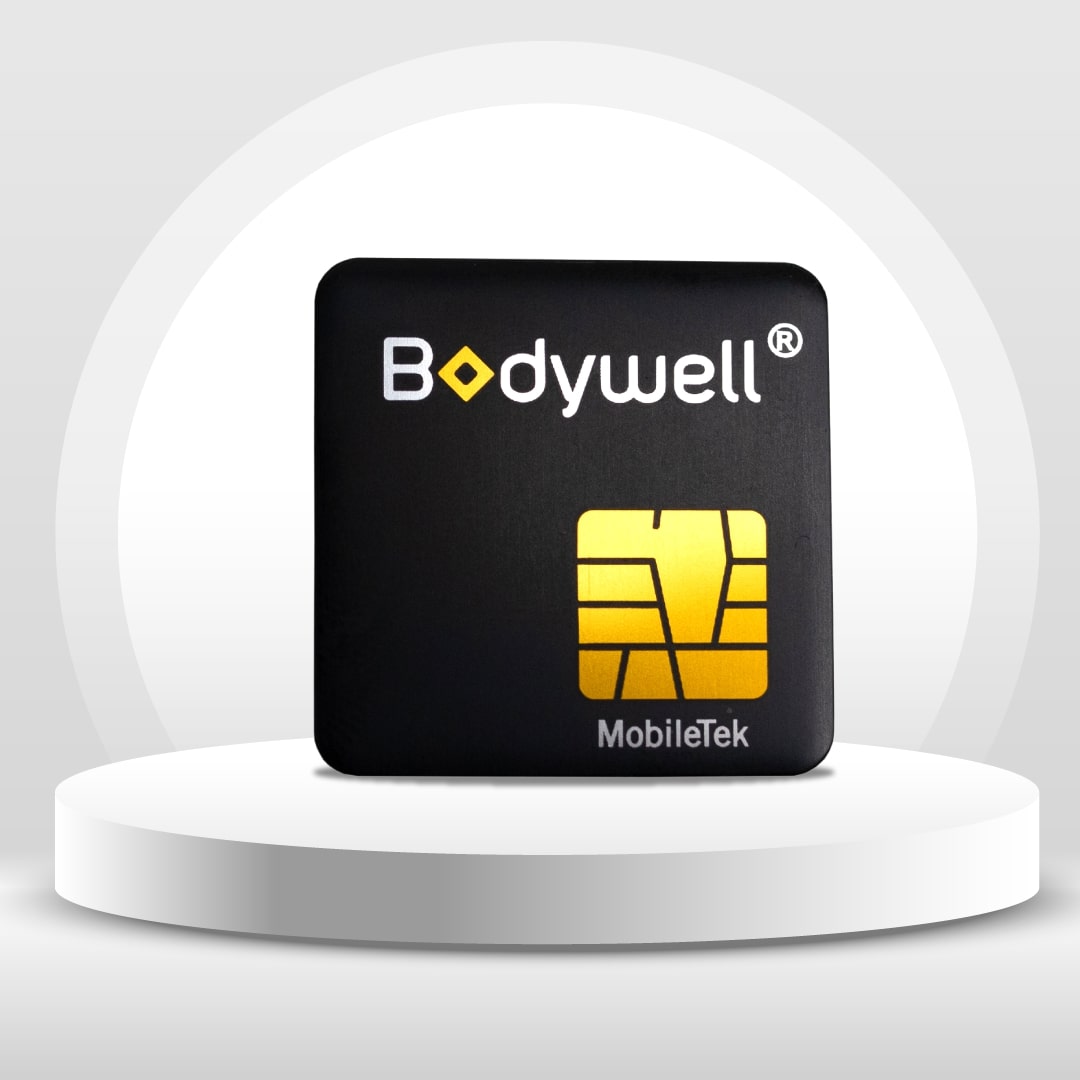


Leave a comment
This site is protected by hCaptcha and the hCaptcha Privacy Policy and Terms of Service apply.